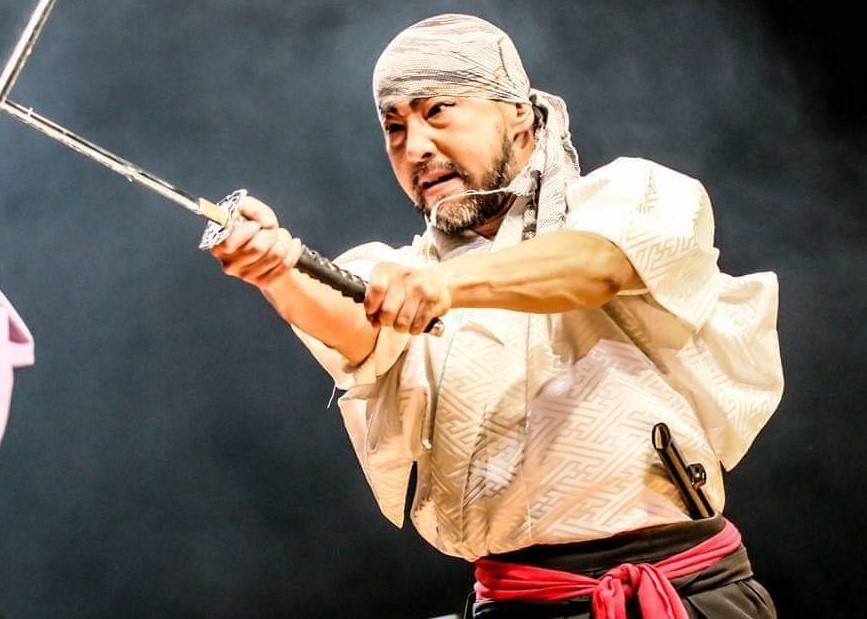
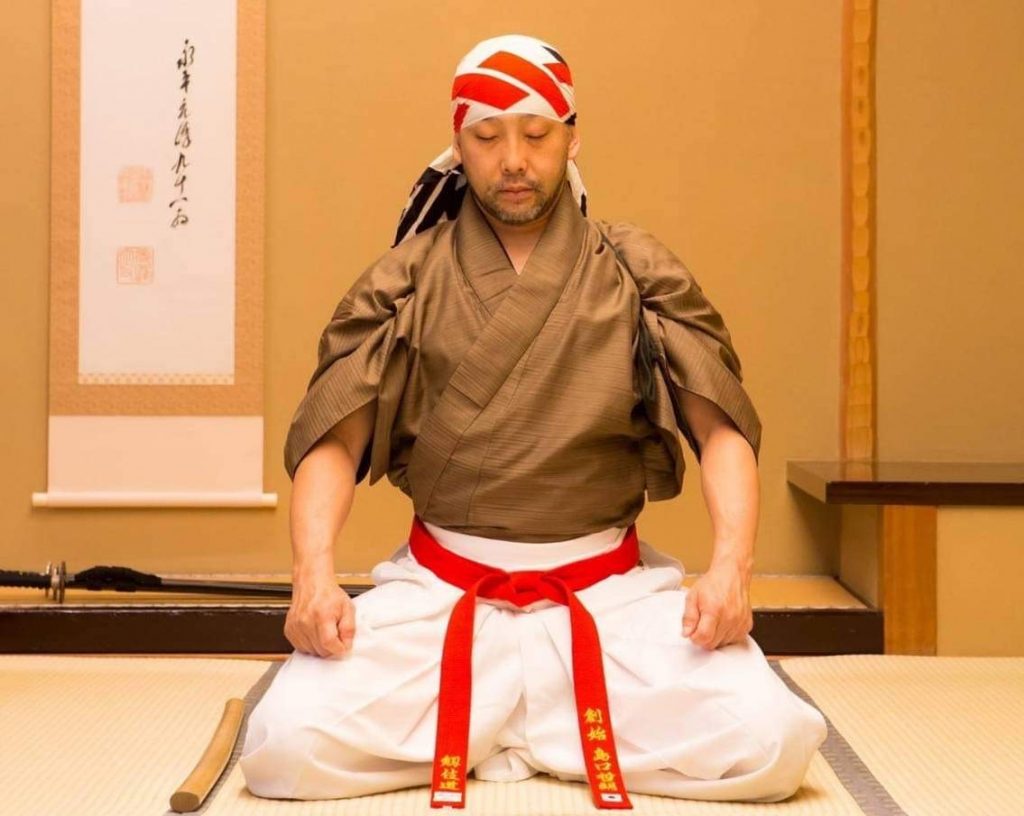
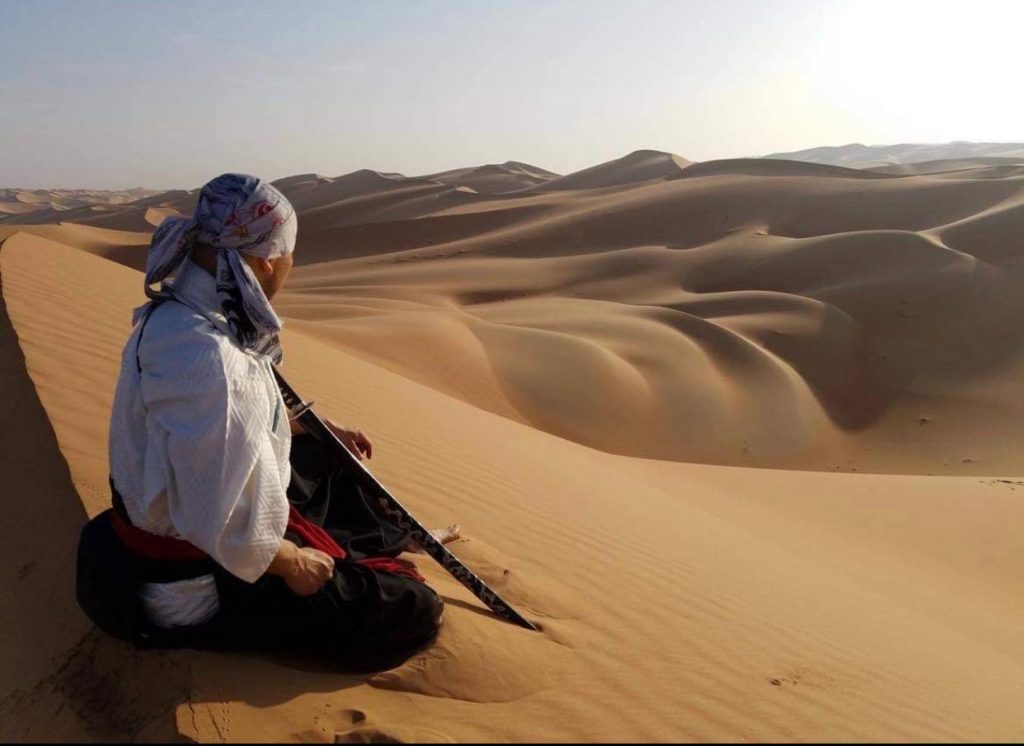



Fares AlRushud Riyadh
Tetsuro Shimaguchi spoke to Arab News Japan about his work as a Samurai artist and his role as the founder of KAMUI—a Samurai artist group.
Shimaguchi was involved in choreographing and performing the sword fighting scenes in movies like KILL BILL vol.1.
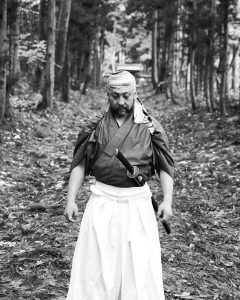
He established the original samurai dojo “KENGIDO,” a Japanese form of sword play and expressive arts, in Japan, Italy and Czech Republic in 2012.
He also received the first Asian Cultural Arts Award in Florence, Italy in 2018 and in 2019.
Shimaguchi assumed the role of the tourism ambassador of Aizuwakamatsu City and Fukushima Prefecture, and stated that he will continue to spread “SAMURAI” as a component of Japanese culture and art to the world.
He graduated from Nihon University College of Arts and formed KAMUI in 1998—a performance that binds the beauty of acting and with martial arts.
Shimaguchi told Arab News Japan about the Samurai art linked to the Japanese legacy, sharing how being a Samurai was about living a disciplined life to better navigate culture, art and life.
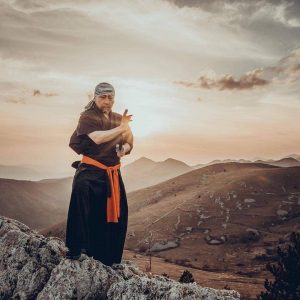
He also stressed how the Samurai figure is not a warrior but also a cultural person.
“I think that I have disciplined myself and improved my communication skills to live a better life,” he said.
Shimaguchi also shared when and where he debuted as a samurai artist, as he learned sword fighting in college, and after his graduation he mastered Kabuki—a classical Japanese performance.
Simultaneously, he took up martial arts such as Karate, following the methods of the Shinkage-ryu swordsmanship– a traditional school of martial arts.
His official debut as a Samurai artist was at a Tokyo show in 1998.
Shimaguchi created a video about Fukushima to deliver his feelings to the people all over the world showing that Fukushima is now fine after the Great East Japan earthquake and the Samurai spirit is still here.
He also invited the people to visit the beautiful Fukushima where you can feel the history of Samurai.
Shimaguchi stated that Aizuwakamatsu City, also known as “SAMURAI CITY AIZU,” includes castles, nature, hot springs, and food which makes it an attractive location for tourism.
Building on that, he shared how it is an area surrounded by mountains and with clean air, so if the tourists take precautionary measures against coronavirus, they will have an enjoyable trip.
He wanted to deliver a message to the Japanese and English language readers across all ages, genders and nationalities saying: “I would love to have cultural exchange for the future of the world and I want to go to the Middle East again, and to create videos like the one for Fukushima in your countries.”
He concluded by welcoming people to visit Japan and enjoy the beauty of the country.